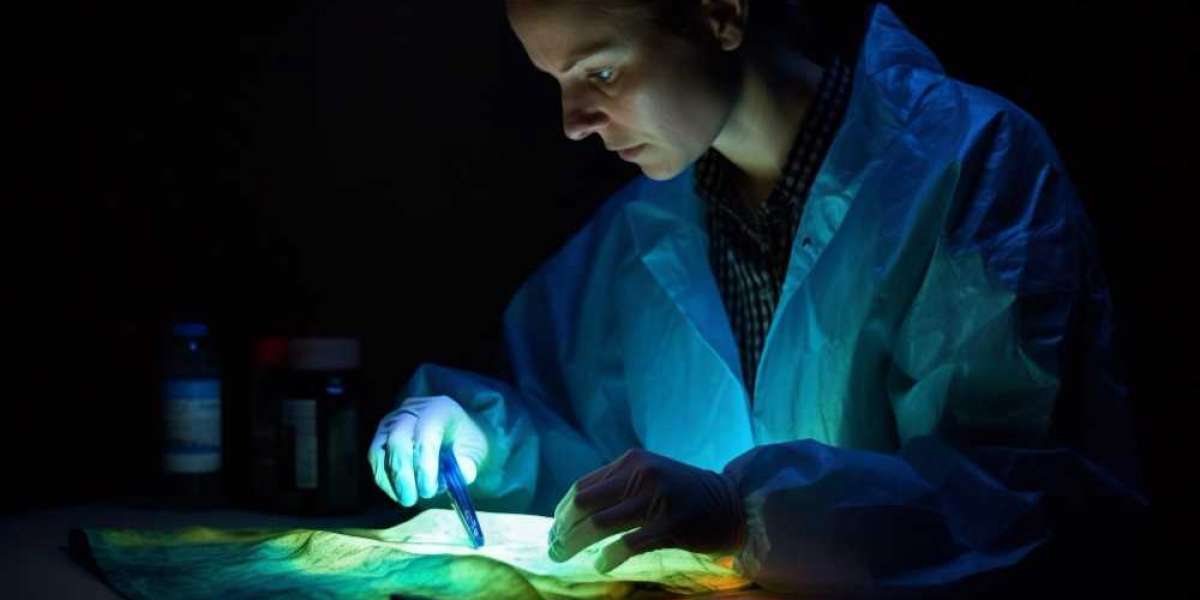Key Applications of 3D Bioprinting in Healthcare
- Regenerative Medicine
- One of the most significant impacts of 3D bioprinting technology is its potential in regenerative medicine. Scientists are exploring how to print tissues and organs that can be used for transplants.
- 3D printing in healthcare enables the creation of patient-specific tissue models, allowing for personalized treatment approaches, which can dramatically reduce rejection rates in organ transplants.
- Personalized Drug Development
- 3D bioprinting technology is also being used to develop customized drug testing models. By printing tissues that replicate human organs, pharmaceutical companies can conduct more accurate preclinical testing.
- This allows drugs to be tested on a specific patient's biological profile before clinical trials, reducing side effects and increasing drug efficacy.
- Surgical Planning and Training
- Surgeons are utilizing 3D printing in healthcare to create detailed anatomical models of a patient’s organs or tissues, aiding in pre-surgical planning.
- Surgeons can practice complicated procedures on these 3D-printed models before performing the actual surgery, improving precision and reducing risks.
- Creating Prosthetics and Implants
- Another revolutionary use of 3D bioprinting technology is the creation of custom prosthetics and implants. These devices can be tailored to fit the specific needs of a patient, offering a higher level of comfort and functionality compared to traditional prosthetics.
- The personalization of implants improves patient outcomes and overall satisfaction.
Current Challenges and Limitations
- Regulatory Hurdles
- While 3D bioprinting in healthcare holds immense promise, regulatory approvals for bioprinted organs and tissues remain a challenge.
- The complexity of bioprinting requires new regulatory frameworks to ensure safety and efficacy.
- Biomaterials and Printing Precision
- The availability of suitable biomaterials for 3D bioprinting is still limited. Creating functional tissues and organs requires not only the right materials but also precise control over the printing process to ensure biological viability.
- Ethical and Legal Concerns
- The ability to print human tissues and organs raises ethical issues, particularly around issues of organ donation, cloning, and bioengineering.
- Legal frameworks are being developed to address these concerns as the technology advances.
The Future of 3D Bioprinting in Healthcare
- Organ Printing
- The ultimate goal for 3D bioprinting technology is the ability to print fully functional organs such as kidneys, livers, and hearts. While this technology is still in the experimental stages, progress is being made toward creating more complex tissues.
- In the near future, 3D bioprinting could address the organ transplant shortage, saving thousands of lives annually.
- Market Growth
- The 3D bioprinting market is expected to grow substantially in the coming years, with applications expanding beyond medical uses to include food production, cosmetics, and more.
- Increased investment in research and development, along with improvements in printing technology and material science, will drive the future of 3D bioprinting in healthcare.
Conclusion
3D bioprinting technology is undoubtedly one of the most promising innovations in the healthcare industry. From creating customized prosthetics to the potential for printing functional organs, it is set to revolutionize how we approach healthcare, offering personalized solutions that were previously unimaginable. However, for this technology to reach its full potential, overcoming regulatory, material, and ethical challenges is essential. As the 3D bioprinting market continues to evolve, it holds the key to a future of personalized and more effective healthcare solutions.






